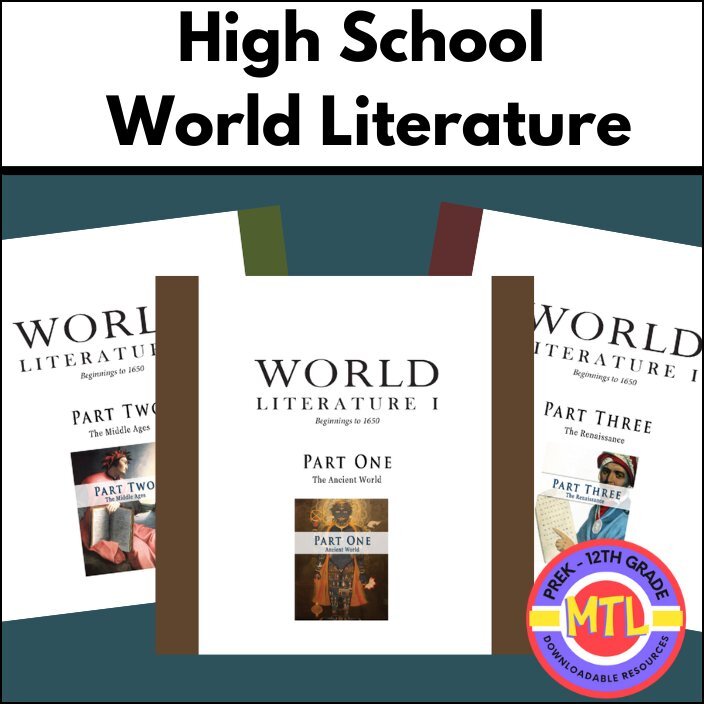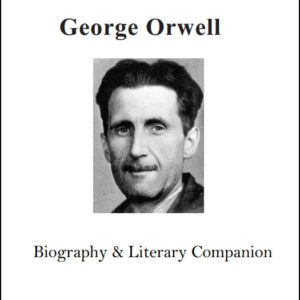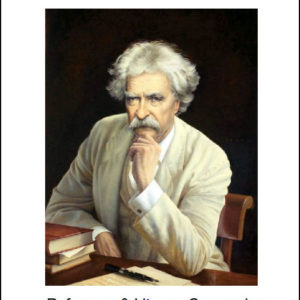Description
Please note – This literature textbook has literary works only and does not contain lesson plans, worksheets, answer keys, etc. However, the introduction of each section will have questions for students to ponder.
For example, here are the questions from the introduction of Part 1:
For Students: The works in this section are meant to be compared and contrasted. Consider the following questions while reading:
- Compare the definition of a hero in Gilgamesh, the Iliad, the Mahabharata, and the Aeneid. What does a hero have to do to be admired by his own society? What can’t he do?
- How are Gilgamesh and Achilles similar? How is Hector both similar and different to them?
- How are the expectations for a gentleman in the Analects similar to the expectations for the sons of Pandu in the Mahabharata? What makes Aeneas both similar and different to them?
- What view of the gods do the characters have? What does their pantheon of gods expect from the charac- ters, and what do they expect of the gods?
- How do characters in this section deal with authority/authority figures? Why?
Here are questions from the introduction of Part 2:
For Students: The works in this section are meant to be compared and contrasted. Consider the following questions while reading:
- Compare the definition of a hero in Gilgamesh, the Iliad, the Mahabharata, and the Aeneid. What does a hero have to do to be admired by his own society? What can’t he do?
- How are Gilgamesh and Achilles similar? How is Hector both similar and different to them?
- How are the expectations for a gentleman in the Analects similar to the expectations for the sons of Pandu in the Mahabharata? What makes Aeneas both similar and different to them?
- What view of the gods do the characters have? What does their pantheon of gods expect from the characters, and what do they expect of the gods?
- How do characters in this section deal with authority/authority figures? Why?
The texts also can be compared and contrasted with earlier time periods:
-
- In what ways have the depictions of women changed from the ancient world to the medieval period?
- How is an ancient world warrior different from and similar to a medieval knight?
- How has the role of religion in these societies changed, especially where pantheons of gods have been re- placed by monotheism in its various forms?
- How do Li Bo’s poems continue and develop themes in earlier Chinese poetry? How are they similar to and different from the Korean sijo in this section?
Part 3 also offers similar questions asking students to compare the work to previous time periods as well as what is occurring within this time period.
This resource is a under Creative Commons license and is being shared legally through maintaining all copyright data. It is available for instant downloads by members. If you are not a member, the price that you are charged is simply a fee to help us maintain site storage and cover data transfer when you download. Since this resource is a Creative Commons resource, you may be able to find this elsewhere on the web.
Never pay for individual resources ever again…
Become an ALL-ACCESS member today!
________________________
BE the FIRST to know about NEW Products by joining the…
My Teaching Library FB group
Posts are made in this group first!!
Subscribe to My Teaching Library newsletters!








Reviews
There are no reviews yet.